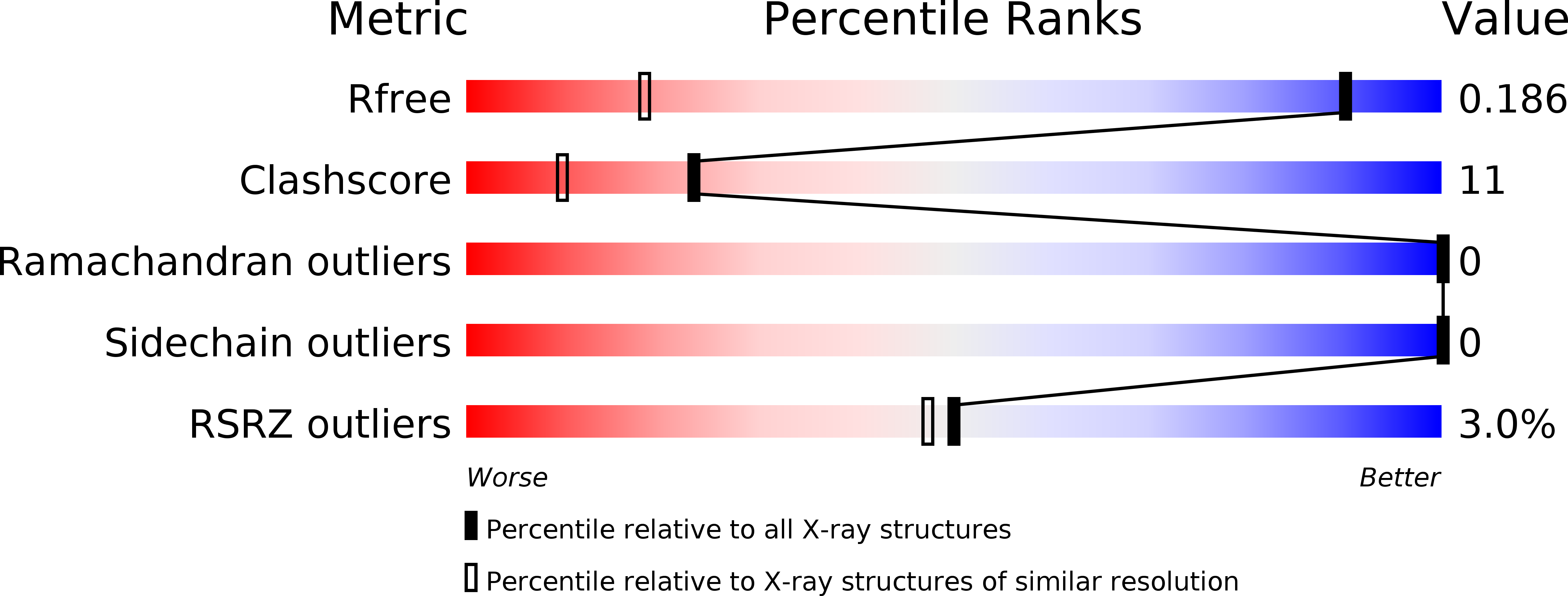
Deposition Date
2011-08-17
Release Date
2011-12-28
Last Version Date
2023-12-20
Entry Detail
PDB ID:
3ZY7
Keywords:
Title:
Crystal structure of computationally redesigned gamma-adaptin appendage domain forming a symmetric homodimer
Biological Source:
Source Organism:
MUS MUSCULUS (Taxon ID: 10090)
Host Organism:
Method Details:
Experimental Method:
Resolution:
1.09 Å
R-Value Free:
0.18
R-Value Work:
0.15
R-Value Observed:
0.15
Space Group:
P 1 21 1


